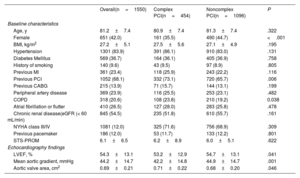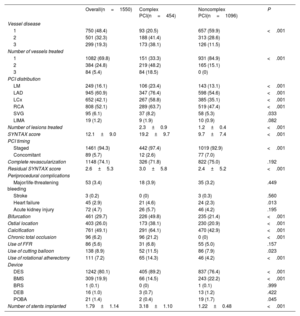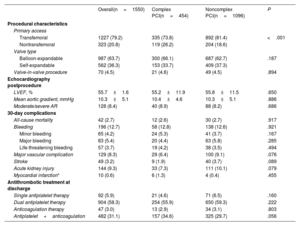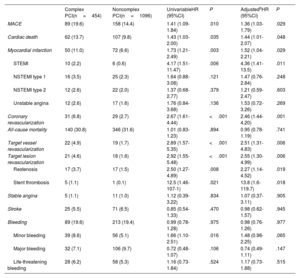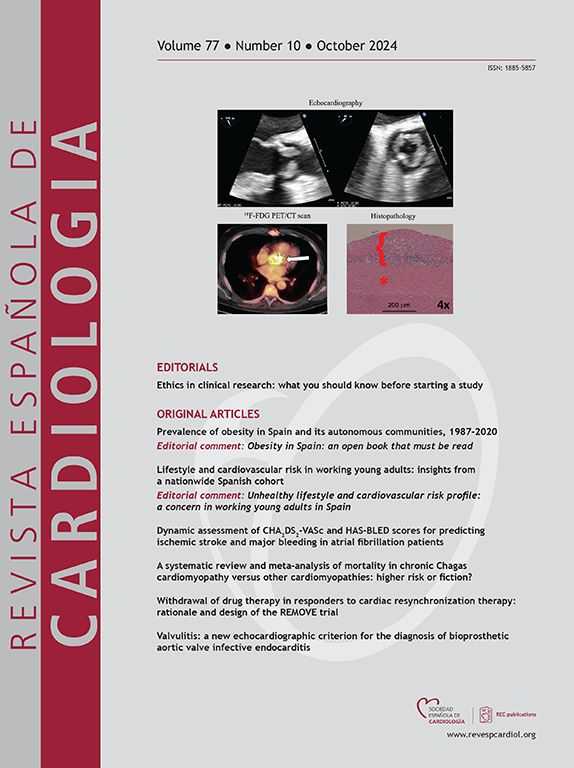
In patients undergoing percutaneous coronary intervention (PCI) in the workup pre-transcatheter aortic valve replacement (TAVR), the clinical impact of coronary revascularization complexity remains unknown. This study sought to examine the impact of PCI complexity on clinical outcomes after TAVR in patients undergoing PCI in the preprocedural workup.
MethodsThis was a multicenter study including consecutive patients scheduled for TAVR with concomitant significant coronary artery disease. Complex PCI was defined as having at least 1 of the following features: 3 vessels treated, ≥ 3 stents implanted, ≥ 3 lesions treated, bifurcation with 2 stents implanted, total stent length >60mm, or chronic total occlusion. The rates of major adverse cardiac events (MACE), including cardiovascular mortality, myocardial infarction, and coronary revascularization were evaluated.
ResultsA total of 1550 patients were included, of which 454 (29.3%) underwent complex PCI in the pre-TAVR workup. After a median follow-up period of 2 [1-3] years after TAVR, the incidence of MACE was 9.6 events per 100 patients-years. Complex PCI significantly increased the risk of cardiac death (HR, 1.44; 95%CI, 1.01-2.07), nonperiprocedural myocardial infarction (HR, 1.52; 95%CI, 1.04-2.21), and coronary revascularization (HR, 2.46; 95%CI, 1.44-4.20). In addition, PCI complexity was identified as an independent predictor of MACE after TAVR (HR, 1.31; 95%CI, 1.01-1.71; P=.042).
ConclusionsIn TAVR candidates with significant coronary artery disease requiring percutaneous treatment, complex revascularization was associated with a higher risk of MACE. The degree of procedural complexity should be considered a strong determinant of prognosis in the PCI-TAVR population.
Keywords
Identify yourself
Not yet a subscriber to the journal?
Purchase access to the article
By purchasing the article, the PDF of the same can be downloaded
Price: 19,34 €
Phone for incidents
Monday to Friday from 9am to 6pm (GMT+1) except for the months of July and August, which will be from 9am to 3pm





